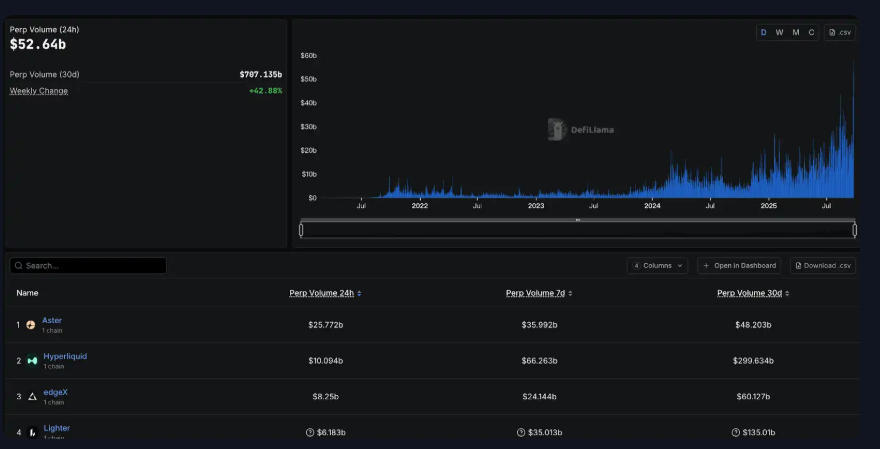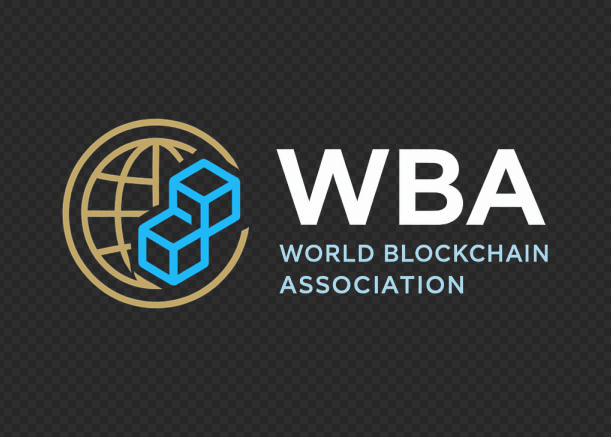
September 9, 2025 – The World Blockchain Association (WBA) reports that new U.S. labor market data revisions reveal a much weaker job growth picture than previously believed, significantly heightening expectations that the Federal Reserve will move toward an interest rate cut in the coming weeks. This development has important implications not only for traditional financial markets but also for the broader cryptocurrency ecosystem, where liquidity conditions and monetary policy play a critical role in shaping investor sentiment across assets such as Bitcoin, Ethereum, DeFi tokens, and Stablecoins.
Employment Growth Overstated by Nearly One Million Jobs
On Tuesday, the U.S. Bureau of Labor Statistics (BLS) released its preliminary annual benchmark revision to payroll data. According to the findings, employment for the 12 months ending March 2025 is now expected to be revised downward by 911,000 jobs. This equates to nearly 76,000 fewer jobs created per month than originally reported.
Prior to this revision, official data suggested employers had added roughly 1.8 million jobs over the same period, averaging 149,000 per month. The new benchmark adjustment therefore suggests that the apparent resilience of the U.S. labor market was overstated, and that underlying job growth was far more subdued.
The final revisions will be published in early 2026, but the preliminary data already signals that the slowdown in labor demand began earlier and was more pronounced than previously acknowledged.
Federal Reserve Under Growing Pressure
The World Blockchain Association points out that this recalibration of job growth data adds to the mounting pressure on the Federal Reserve to ease borrowing costs. Fed Chair Jerome Powell has already admitted in recent public remarks that risks to the labor market are increasing, while two Federal Reserve governors expressed support for lowering rates as early as July.
Market participants now overwhelmingly expect a rate cut announcement at the next Federal Open Market Committee (FOMC) meeting. Futures pricing indicates that traders are factoring in a meaningful probability of a 25-basis-point cut, with some even speculating about the possibility of a larger 50-basis-point adjustment if economic weakness deepens.
Implications for the Digital Asset Market
The World Blockchain Association reports that the revised labor data could carry significant spillover effects for the cryptocurrency market:
- Liquidity Boost: A rate cut would likely inject more liquidity into the financial system, easing credit conditions. Historically, both Bitcoin (BTC) and Ethereum (ETH) have shown strong performance in periods of monetary easing, as investors rotate into alternative assets.
- Stablecoins and DeFi: Lower rates reduce the yield advantage of traditional fixed-income products. This dynamic could benefit Stablecoin adoption and DeFi lending protocols, where tokenized assets and decentralized credit markets continue to innovate beyond conventional finance.
- Tokenization & Institutional Flows: The ongoing alignment of macroeconomic trends with blockchain innovation is driving institutional adoption of tokenized securities, digital bonds, and on-chain treasuries. A more accommodative Fed policy may accelerate institutional allocation into blockchain-based financial instruments.
- NFTs & DAOs: While more speculative segments such as NFT marketplaces and DAO governance tokens remain sensitive to liquidity conditions, a supportive rate environment could reignite venture capital interest in Web3-native communities.
A Global Perspective
From an international standpoint, the World Blockchain Association underscores that the Fed’s monetary policy trajectory will have global consequences. Emerging markets, where dollar-denominated debt remains significant, are particularly vulnerable to shifts in U.S. rates. A softer Fed stance could ease external financing conditions, stabilizing currencies and reducing capital outflow risks.
For the cryptocurrency industry, which is inherently borderless, global macroeconomic alignment matters deeply. Bitcoin’s role as “digital gold” often strengthens when monetary policy is accommodative. Meanwhile, Ethereum’s role as the foundational layer for DeFi, NFTs, and tokenization projects positions it as a structural beneficiary of renewed risk appetite.
The WBA highlights that the interconnection between macroeconomic cycles and blockchain adoption is no longer theoretical. Institutional players, hedge funds, and sovereign wealth funds increasingly evaluate cryptocurrency allocation strategies alongside traditional assets, making Fed policy outcomes central to their models.
Expert Commentary
According to analysts cited by the World Blockchain Association, the labor data revision is a stark reminder of how lagging indicators can obscure real economic conditions. “The employment market has been presented as more resilient than it actually is,” one macro strategist observed. “This revision essentially confirms what many leading indicators—such as declining job postings and slowing wage growth—were already signaling.”
For the blockchain industry, this recalibration is a double-edged sword. While weaker employment data reflects a softer economic backdrop, the policy response of rate cuts could foster renewed demand for risk assets, including cryptocurrencies, tokenized products, and Web3 platforms.
Looking Ahead
The World Blockchain Association reports that all eyes are now on the September FOMC meeting, where Fed policymakers must balance the risks of inflation persistence with growing signs of labor market weakness. A rate cut could serve as the first step in a broader easing cycle, which may reshape both global capital markets and the trajectory of blockchain adoption in the coming year.
For cryptocurrency stakeholders—ranging from Bitcoin miners to Ethereum developers, from DeFi innovators to NFT creators—the macroeconomic climate is a critical variable. As liquidity conditions shift, so too will the contours of blockchain innovation and investment.
About the World Blockchain Association
The World Blockchain Association (WBA) is a global organization dedicated to advancing knowledge, policy dialogue, and innovation in blockchain and digital finance. As a leader in the blockchain and cryptocurrency space, the WBA provides stakeholders with trusted insights at the intersection of technology, regulation, and global economic trends through research, reporting, and thought leadership.







